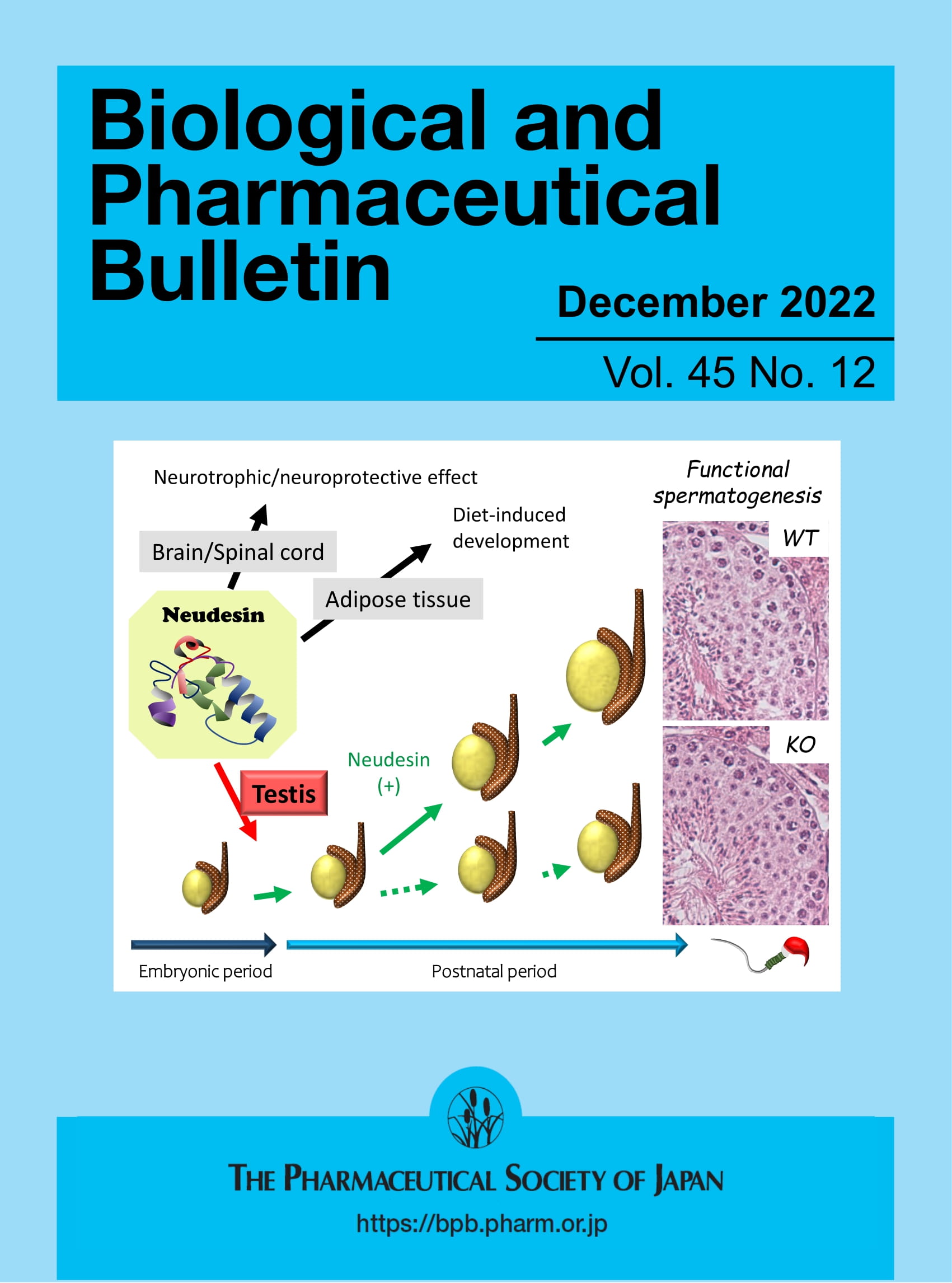Combination of Metabolite Analysis and Network Pharmacology to Explore the Potential Anticough Mechanism of Protopine—A Marker in Zhi-Ke-Bao Tablets
Abstract
Rationale
Protopine, an active alkaloid in Papaver somniferum L., was abundant in a well-known anticough traditional Chinese medicine preparation—Zhi-Ke-Bao tablets. Till now, the metabolism feature and anticough mechanism of protopine have not been fully elucidated, restricting its further development.
Methods
The metabolites of protopine in rats were profiled by using ultra-high performance liquid chromatography coupled with time-of-flight mass spectrometry, and its anticough targets and mechanism were predicted by network pharmacology.
Results
In rats, a total of 19 metabolites were identified following ingestion of protopine (21 mg/kg/day, i.g.), including 4 in plasma, 6 in urine, 5 in feces, 10 in liver, 2 in spleen, 4 in lung, 3 in kidney, 3 in heart, and 3 in brain. The main metabolic features were ring-opening, methylation, demethylation, glucuronidation, sulfation, and hydroxylation. Among them, methylation, sulfation, and hydroxylation of protopine in vivo were revealed for the first time. The network pharmacology results show that protopine and its metabolites regulate physiological activities by acting on STAT3, SRC, CASP3, MTOR, MMP9, ESR1, and other targets, involving PI3K-Akt signaling pathway, FoxO signaling pathway, and TNF signaling pathway, etc.
Conclusions
The metabolic features of protopine and its potential mechanisms for anticough effects were outlined, providing data for further anticough pharmacological validation of protopine.

 求助内容:
求助内容: 应助结果提醒方式:
应助结果提醒方式:


